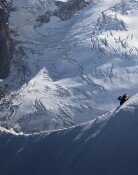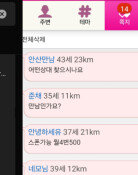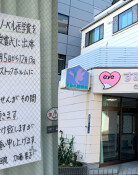First Naked Eye Examination of Kitora Tomb
First Naked Eye Examination of Kitora Tomb
Posted February. 09, 2004 22:58,
The first unearthing work and naked-eye examination of the Kitora tomb in Japans ancient capital city, Nara, is underway, attracting huge interest that it maybe connected with Koguryos wall painting.
Kitora tomb, which is speculated to be made during the late seventh century to the early eighth century, attracted a lot of media attention with the discovery of hyunmoodo, sashindo on the inside wall and chunmoondo on the ceiling, all of the characteristics of Koguryos wall painting in 1983.
Afterwards, cameras were inserted four times, but unearthing work and a naked-eye examination was never tried. This tomb was robbed 800 years ago; thus, no more grave goods are left.
Japanese Cultural Properties Research Institute (CPRI) unearthed the south part of the tomb and used the grave robbers hole to dig out a 40 by 40 square since late January. Their objective is to examine the state of the wall with the unaided eye and to take close-up pictures with a precise digital camera.
According to the research done by CPRIs researchers through the hole, the stone room is 1.1 meter high and the humidity has reached nearly 100 percent, which are bad conditions for preserving it. Nonetheless, sashindo and chunmoondo are known to be in fair condition.
They also added, Hyunmoodo drawn on the north wall was unexpectedly large and the root of a tree is spreading over the south wall where jujak is drawn, but, the coloring is still clear.
Through this work, the researchers discovered 30 black and red colored bits near the grave robbers hole. It is assumed to be the leftovers from when the robbers tore the wooden coffins top. Professionals suspect that the black bits were used in the outside of the coffin and the red in the inside.
Lee Jin-hee, an emeritus professor of Whako University, commented, Takamatsu tomb, where sashindo and Koguryo style women paintings were found, is situated near Kitora. However, unlike Takamatsus mountain ridge, which faces south, Kotoras mountain ridge faces north. Therefore, a comparative research with Koguryos wall painting is definitely in need.
Hun-Joo Cho hanscho@donga.com
Headline News
- South Korea’s migrant population surpasses five percent
- U.S. acting ambassador affirms joint exercises with South Korea
- China and Japan escalate dispute over naval radar incident
- Uptempo claims D3 Seoul basketball championship convincingly
- Democratic Party pushes insurrection court despite opposition warnings







